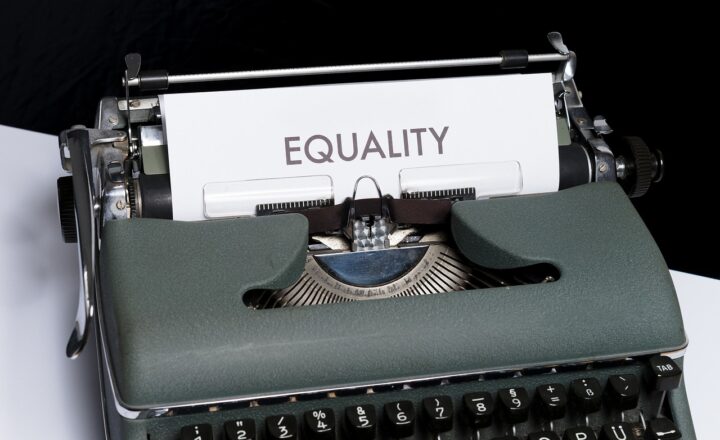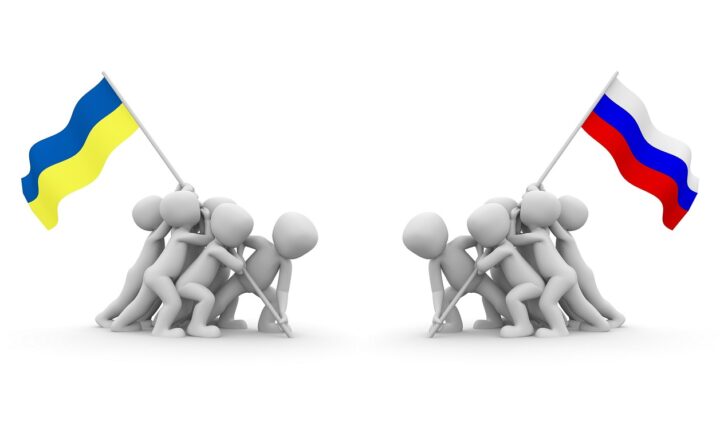How Peace Treaties Shape the Aftermath of Wars and Avoid Future Conflicts
November 16, 2024

The history of humanity has been marked by wars and conflicts, which not only alter political landscapes but also significantly impact the lives of people. As countries grapple with the chaos following conflicts, peace treaties emerge as pivotal tools to restore order, promote reconciliation, and reduce the risk of future wars. This article delves into the essential role of peace treaties in shaping post-war realities, examining landmark agreements and their implications for global peace.
1. Understanding Peace Treaties
A peace treaty is a formal agreement between warring parties to end hostilities and establish peace. These treaties can vary widely in their content and purpose, addressing issues such as territorial disputes, reparations, and governance. The negotiation and signing of peace treaties often involve considerable diplomatic efforts, aiming to balance the interests of the conflicting parties while ensuring a stable post-conflict environment.
Key elements often included in peace treaties are:
- Cessation of hostilities and cessation of violence
- Territorial adjustments, if necessary
- Establishment of reparations or compensation mechanisms
- Provisions for the governance of previously contested territories
- Framework for future diplomatic relations and conflict resolution
By formalizing these components, peace treaties aim to not only conclude conflicts but to provide frameworks for lasting peace.
2. Historical Context: The Impact of Peace Treaties
Throughout history, several key peace treaties have not only ended wars but also shaped the geopolitical landscape of regions and the world at large. These treaties often serve as history’s lessons on the importance of diplomacy and dialogue in preventing future conflicts.
**A. The Treaty of Versailles (1919)**
After World War I, the Treaty of Versailles was signed, imposing reparations and territorial losses on Germany. While it aimed to establish lasting peace in Europe, its punitive terms are widely believed to have contributed to the rise of further conflicts, notably World War II. This highlights the delicate balance required in treaty negotiations, as overly punitive measures can sow seeds of resentment and future hostilities.
**B. The Camp David Accords (1978)**
A more successful example is the Camp David Accords between Egypt and Israel, facilitated by U.S. President Jimmy Carter. This agreement not only led to Israel’s withdrawal from the Sinai Peninsula but also established a framework for normalization of relations between the two countries. The success of the Camp David Accords demonstrates how constructive dialogue and mutual concessions can lead to lasting peace, even in a historically contentious region.
**C. The Dayton Agreement (1995)**
Similarly, the Dayton Agreement effectively ended the Bosnian War, establishing a framework for governance and a balance of power in multi-ethnic Bosnia and Herzegovina. This agreement showed that peace treaties could address complex ethnic and political tensions and aid in reconciliation efforts.
**D. Good Friday Agreement (1998)**
The Good Friday Agreement, which helped to reduce the violence in Northern Ireland, illustrates how peace treaties can foster political dialogue and provide mechanisms for overcoming sectarian divides. Following the decades of conflict known as “The Troubles,” this agreement facilitated the establishment of a devolved government and shared power, demonstrating the potential of treaties to transform deeply divided societies.
3. Mechanisms of Post-War Stability
Peace treaties often lay the groundwork for stabilizing societies after conflict through several mechanisms:
- Disarmament and Demobilization: Treaties frequently stipulate the disarmament of combatants and the integration of military forces into civilian life, which is crucial for preventing a resurgence of violence.
- Transitional Justice Mechanisms: These can include truth commissions or special tribunals designed to address past human rights violations and promote healing within societies plagued by violence.
- Economic Rehabilitation: Many peace agreements incorporate plans for economic recovery, aiming to tackle the root causes of conflict, such as poverty and unemployment.
By addressing these critical factors, peace treaties help to foster environments where societies can rebuild and grow, therefore reducing the likelihood of conflict.
4. Challenges to Peace Treaties
While peace treaties have the potential to transform post-war landscapes, they face significant challenges that can undermine their effectiveness:
- Weak Implementation Structures: Without robust enforcement mechanisms, treaties can fail to translate into lasting peace. A lack of political will or resources often hampers implementation efforts, allowing grievances to fester.
- Internal Divisions: Newly established governments may struggle with internal divisions, particularly in multi-ethnic contexts, where differing interests can conflict with treaty stipulations.
- Failure to Address Root Causes: Treaties that do not confront the underlying socio-economic or political grievances may result in volatile situations, potentially leading back to conflict.
Successful peace treaties require ongoing commitment and involve the cooperation of not only the signatory parties but also the broader international community.
5. The Role of the International Community
The international community, including organizations like the United Nations, plays a crucial role in the establishment and maintenance of peace agreements. Their functions can include:
- Mediation and Support: International organizations often facilitate discussions between conflicting parties, providing neutral ground for negotiations and ensuring that all voices are heard.
- Monitoring Compliance: Bodies like the UN may deploy peacekeeping forces to monitor compliance with peace treaties, helping to prevent violations that could reignite conflict.
- Financial and Technical Assistance: Economic aid and technical support are often necessary for post-war reconstruction efforts and help ensure the effective implementation of treaty provisions.
Through these multifaceted roles, the international community not only aids in achieving short-term peace but also contributes to establishing long-term stability and self-sufficiency for war-torn regions.
Conclusion
Peace treaties are more than mere documents; they are essential frameworks that help shape the aftermath of wars by promoting stability, reconciliation, and conflict resolution. While challenges remain in their implementation and effectiveness, successful treaties illustrate the power of diplomacy in achieving lasting peace. By examining historical cases and recognizing the importance of addressing the underlying causes of conflict, the world can better appreciate the role of peace treaties in safeguarding against future wars.
The lessons learned from past treaties can guide future negotiations, ensuring that they foster genuine understanding and collaboration among conflicting parties. As we look toward a more peaceful future, the commitment to negotiation, inclusive dialogue, and sustainable partnerships remains paramount in our collective effort to break the cycle of conflict.







